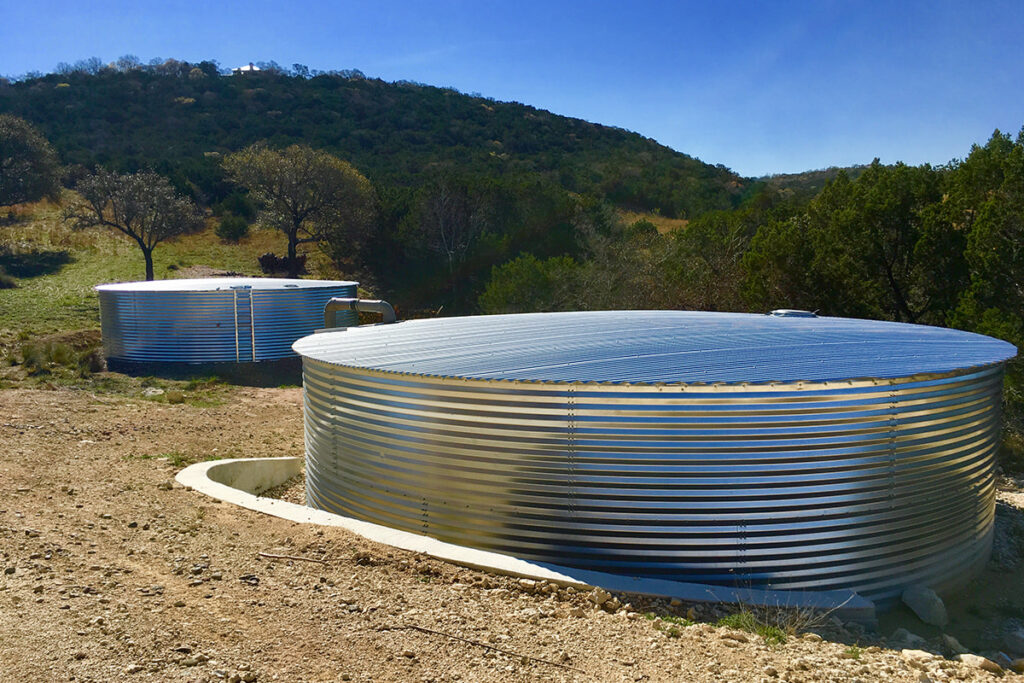
A water storage tank serves as a vital container connected to a gutter system or a water utility tapping point. Its primary purpose is to collect rainwater or treated water from a dedicated water source. This practice, known as rainwater harvesting, is especially popular among homeowners in drought-prone regions or those seeking to save money on their water bills. The collected water can be used for various outdoor applications such as gardening, car washing, lawn irrigation, and more. Additionally, if equipped with a water filtration system, rainwater can be utilized for portable applications inside a home.
The decision to opt for an above-ground or underground tank depends on personal preferences, property location, and other factors. Installing an above-ground tank is relatively simpler compared to an underground tank. The main challenge with an above-ground tank lies in positioning it correctly to align with the laws of gravity.
On the other hand, underground water storage tanks require careful planning prior to installation. A properly sized hole needs to be excavated, and once the tank is in place, it should be filled. Moreover, underground plumbing must be connected to the tank to ensure the proper inflow of rainwater or treated water.
The advantages of having an overhead tank include easier and less expensive installation. Above-ground tanks are cost-effective since the plumbing is situated above the ground, eliminating the need for complex underground installations. They can be easily relocated within a property if desired. Additionally, any faults in above-ground tanks are easily detectable and can be quickly fixed, unlike their underground counterparts.
However, above-ground tanks are susceptible to natural elements such as excessive sunlight and rain, particularly in tropical regions. Even when designed in natural colors that blend with the environment, they may not be aesthetically pleasing. Theft and vandalism are also concerns associated with above-ground tanks, as they are visible and valuable, making them potential targets for burglars.
In contrast, underground tanks offer aesthetic benefits, as they don’t require design alterations to the outdoor spaces. They remain shielded from natural elements, ensuring consistent water temperature throughout the year. Furthermore, underground tanks save yard space, making them a favorable choice for homes with small lawns or limited suitable locations for above-ground tanks.
However, installing an underground tank entails higher costs and requires the involvement of multiple professionals and authorizations. Detecting faults in an underground tank is challenging until it affects the tank’s functionality. Regular cleaning is necessary for all types of tanks, but implementing this task in an underground tank may pose difficulties.
Ultimately, the choice of a water storage tank depends on the property owner, considering the advantages and disadvantages of each type. In Uganda, it is advisable to select a tank that aligns with the geographical characteristics of the property location.


